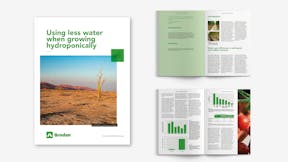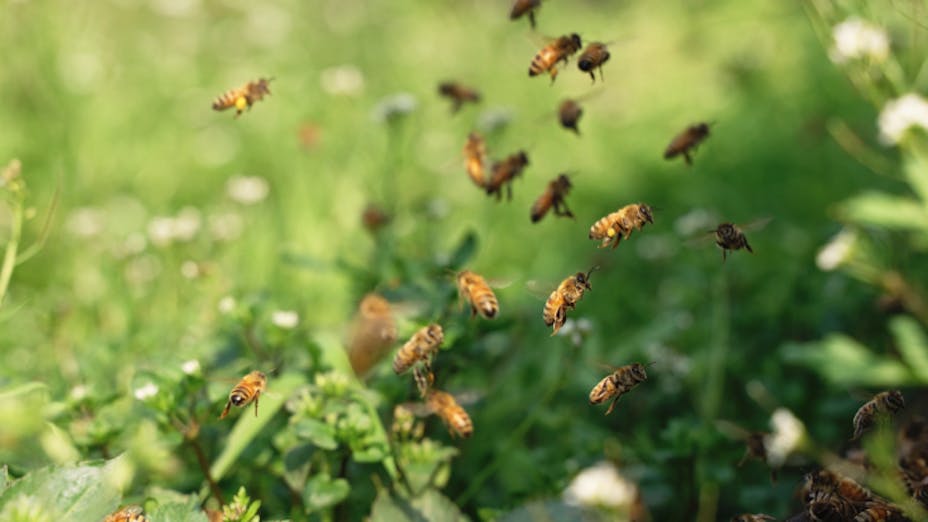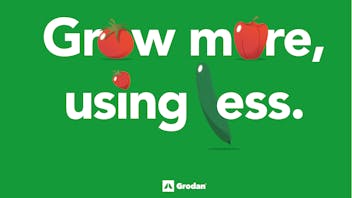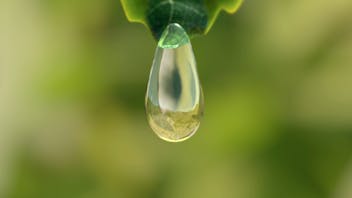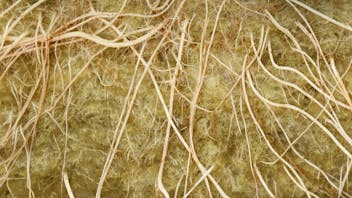What is the most suitable food production method?
To answer that question, it is necessary to look for the most suitable solution for each specific location; If the soil is very fertile, you should mainly just grow there. But if not, a greenhouse provides a very good option since, in theory, a greenhouse can be placed wherever you want and you can grow whenever you want. We believe that CEA offers a number of advantages over other methods of cultivation. As such, we believe it should be included in policies and legislations that cover the topics of sustainability, water and land use, biodiversity and food production
Focus on impact rather than method
Current laws and regulations focus almost entirely on food production methods. This is important, but more is needed as the need for food production increases while available resources decrease. To ensure a better balance, policy makers need to focus not only on production methods but also on the broader impact of food production, such as the impact on water and land use and biodiversity. The CEA industry has an important role to play in making policy makers more aware and we at Grodan are a huge advocate.
More with less
Grodan’s soilless growing solutions, which include stone wool substrates, are used for the year-round cultivation of crops such as tomatoes and cucumbers in high-tech greenhouses. Because growing using our steerable stone wool solutions in high-tech greenhouses yields much more per square meter compared to growing in the open ground, more land is left for biodiversity. That's the more.
By using our growing solutions, the plant gets exactly what it needs in terms of water and nutrients. Moreover, water can be collected and reused instead of seeping into the soil. So there is less waste and emissions. That's the less.
No-brainer
To me, it’s a no-brainer; the need for a more sustainable food production system is obvious. The launch of our new “Designed to grow” positioning in June, emphasizes our goal is to make the public and policymakers aware of the impact and importance of sustainable, soilless cultivation. In doing so, Grodan continues to contribute to feeding and treating the world's growing population.
Interested in joining the discussion on raising awareness for the impact of Controlled Environment Agriculture? Contact me at andre.van.wageningn@grodan.com.
This blog is based on an interview with André in a special edition of “Future of Food” [link to Krant | Het Financieele Dagblad (fd.nl)] (in Dutch).
